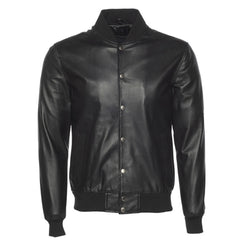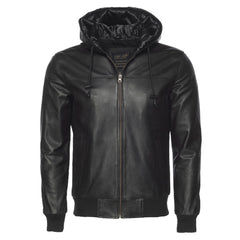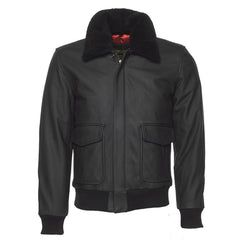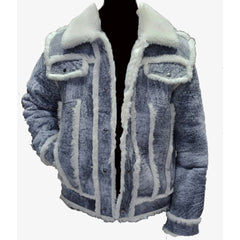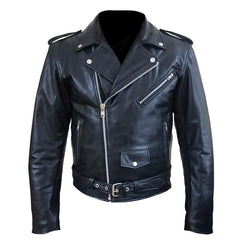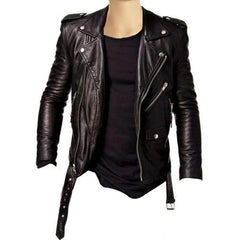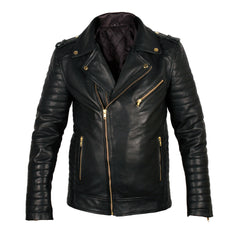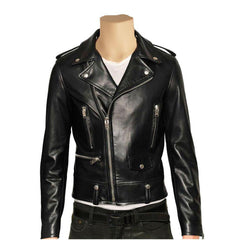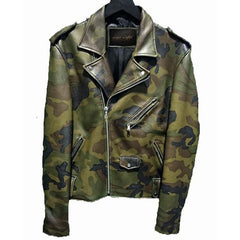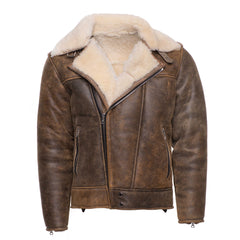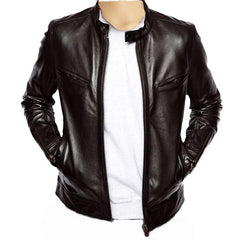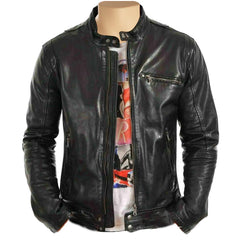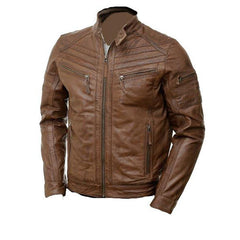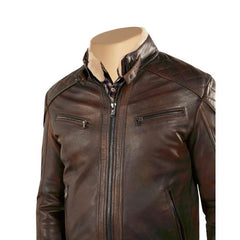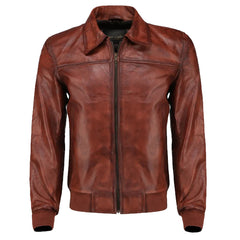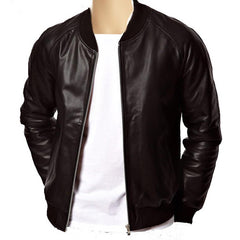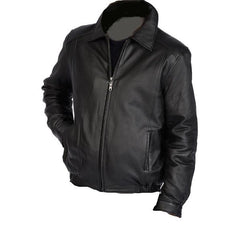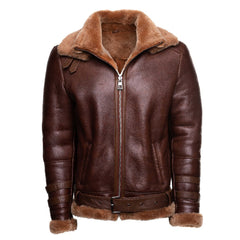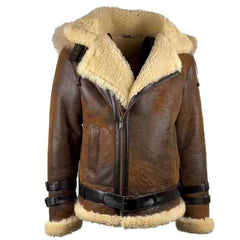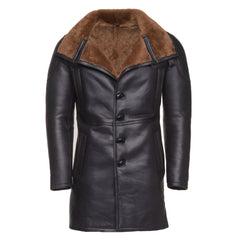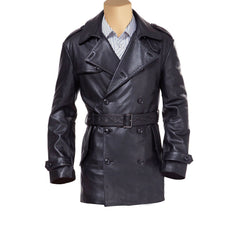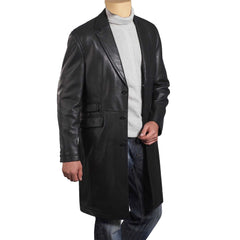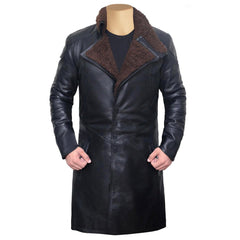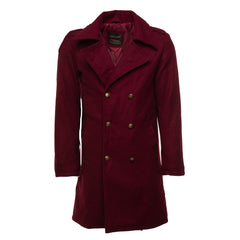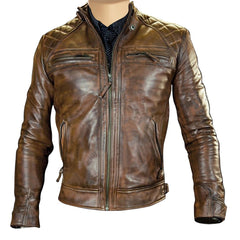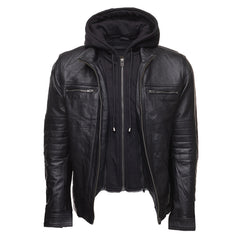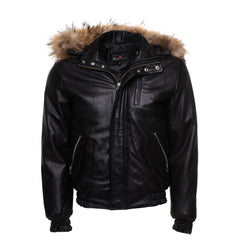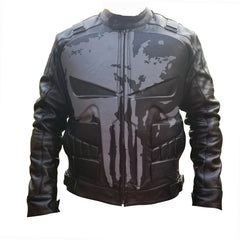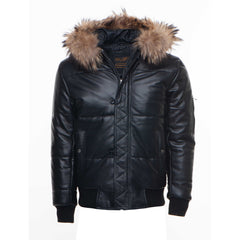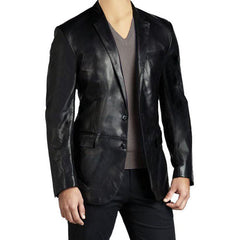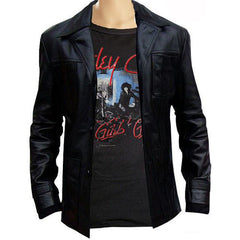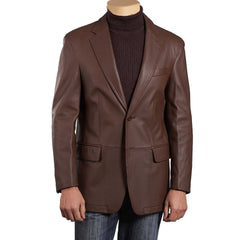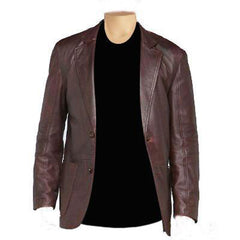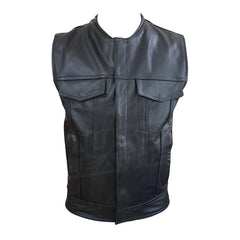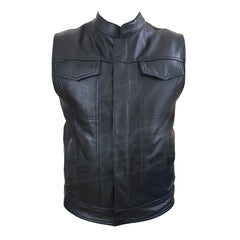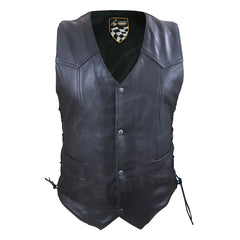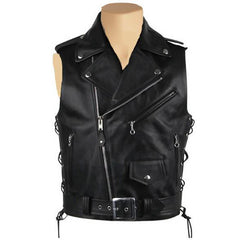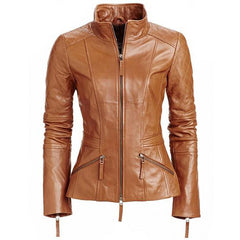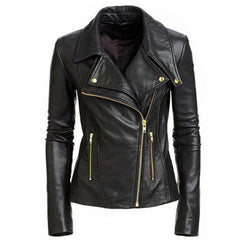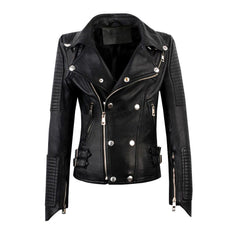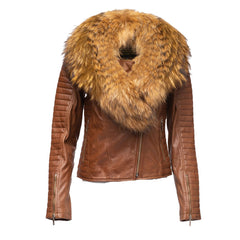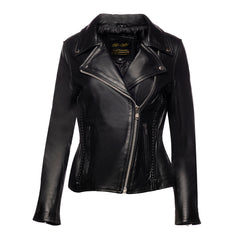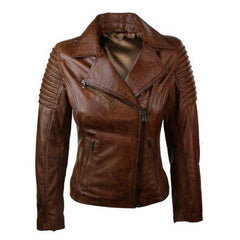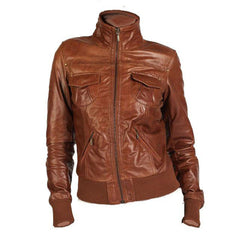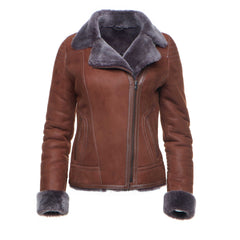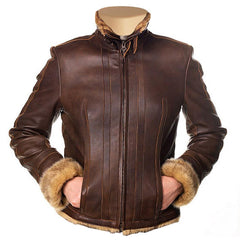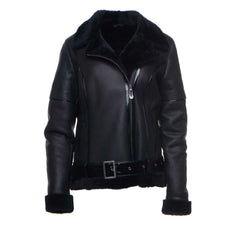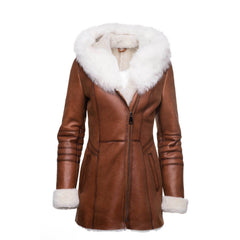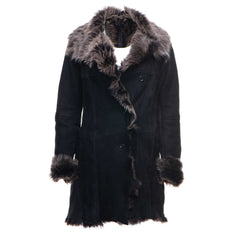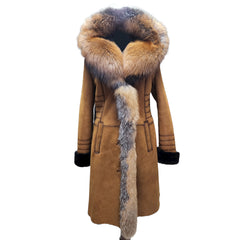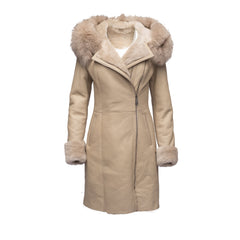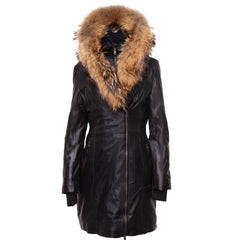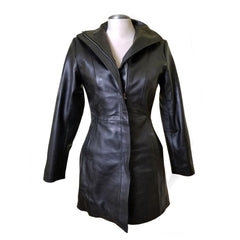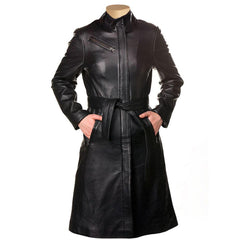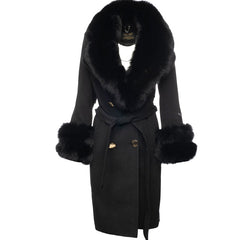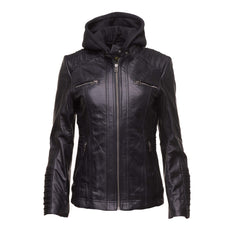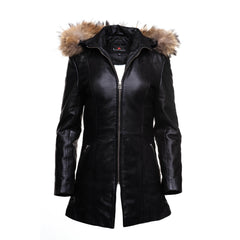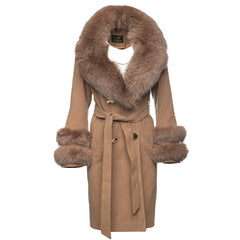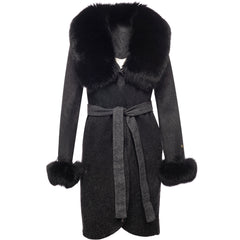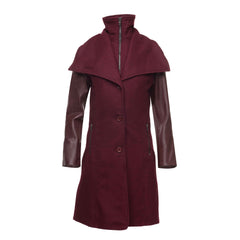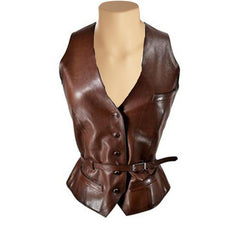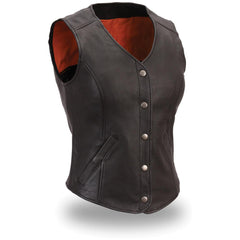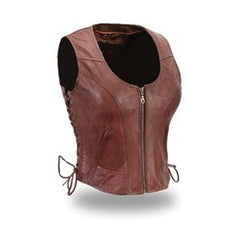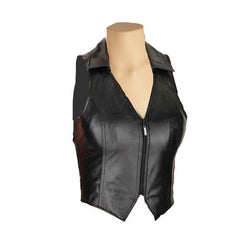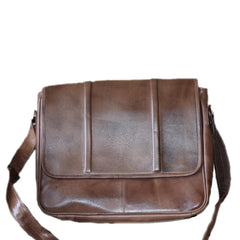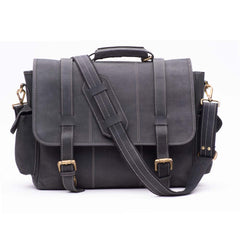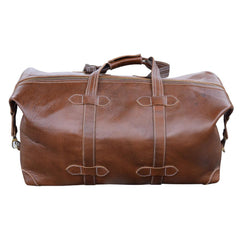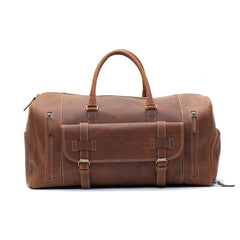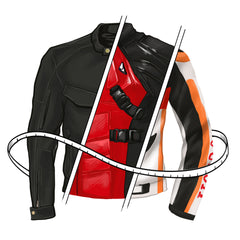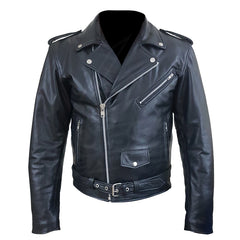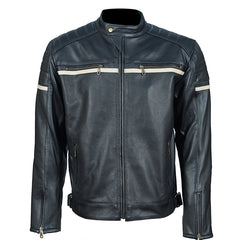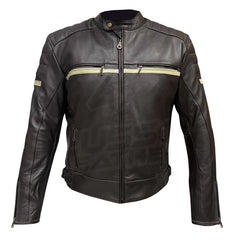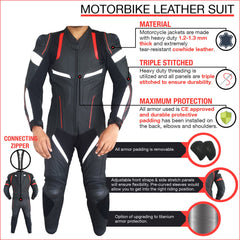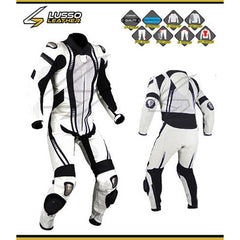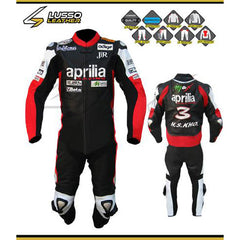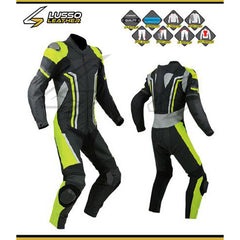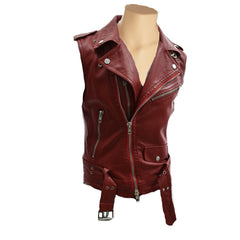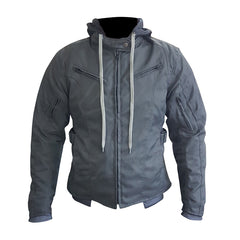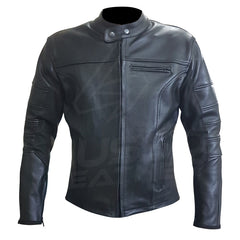What is Leather? Where Does Leather Come From?

What is leather?
Leather is a durable material made from animal skin. Producing it involves several processes such as tanning, re-tanning, dyeing and finishing.
How Leather Was Discovered
Centuries ago, primitive human beings found a way to protect themselves from extreme cold by wearing animal skins. While they hunt these animals for food, they also remove their skins and use them for clothing. At first, they weren't successful as the skins decomposed. For it to last, a preservation is needed.
Stretching and drying were the earliest methods of preserving the skins. They experimented with different techniques until they discovered a better way of preserving animal hides. Over the centuries, preservation became more effective and sophisticated. By the 12th century, basic techniques for curing leather were established. More uses of leather were soon discovered.
Brief History of Leather
Truth be told, leather making hasn't changed much since it began over 2 million years ago. While stone-age man, Australopithecus Habilis, roamed the Earth they seemed to develop a diet that increasingly incorporated meat. However, since they didn't have sharp claws or teeth they had to invent tools to penetrate the skin of their prey. We know that they succeeded because of artefacts we've discovered.
Here's a brief explanation of the leather making principle. By the way, if they didn't figure out how to clean and tan the skins, they would just putrefy. You need to skin an animal and pluck out the fur. Though the fur can be taken off a bit at a time, it's a lot easier to clean it off, blood and all, in water and then in a vat of lime. The lime solution will clean the fur off the skin. Then you can start hanging out to dry, and to eventually be tanned and shaped and made smooth with different techniques.
It was also good to cover the skin in the tannins of different barks, leaves, twigs, fruits and such, Thus, tanning leather. The guy who accused Socrates of ruining the youth was a tanner.
Eventually, different earth salts were used to tan the leathers. In Ancient Egypt, where the technique of earth salts originated, leathers of various types were used for shoes, gloves, buckets, bottles, and military equipment. The Romans used leather widely as well. In 800 BC the Sumerians captured this recipe for tanning freshly slaughtered ox hide. “This skin you will take it, then you will drench it in pure pulverized Nisaba flour, in water, beer and first quality wine. With the best fat of a pure ox, the alum of the land of the Hittites and oak galls, you will press it and you cover the bronze kettle drum with it”.
Top Leather Producers
Today, you'll see different products made of leather. Consumers buy them for they last several years. Where are these leathers made? Who is the leader in the leather industry? Here are the Top five:
- China - They produce about 4 billion square feet of leather every year. This number is more than twice the amount of leather produced by the second largest producer. They mainly produce light and heavy bovine leather (2,365 million square feet and 201 million square feet respectively.)
- Brazil - 1,722 million square feet of light leather from bovine animals are being produced in Brazil every year. Other leather types they produce include heavy bovine leather (44 million square feet), and light sheep and goats leather which is about 67 million square feet.
- Italy - Italy dominates leather production in Europe. Every year, 1,574 million square feet of leather are being produced. This would comprise mostly light leather from bovine animals (1,119 million square feet), 420 million square feet of light leather from goats and sheep, and about 53 million of heavy leather from bovine animals.
- Russia - Most of the leather types they produce are light leather from bovine animals which is about 1,304 million square feet. A small amount of light leather from goats and sheep and heavy bovine leather are also being produced. In total, Russia produces about 1,460 million square feet of leather.
- India - They may surpass Russia as India produces about 1,398 million square feet of leather - almost equal to the total number of leather produced by Russia. Unlike other countries though, India produces almost an equal amount of sheep and goats and bovine light leather.
Where Does Leather Come From?
Cow Hide – The most commonly used leather is made from cow hide that is used to produce a large variety of leather products. Leather made from the hide of the adult cow is known as the most versatile leather. The cow leather can be soft and thick and abrasion resistant which makes it a good choice of leather for heavy duty wear.
Buffalo Hide – Buffalo hide is a lot like cowhide but it can be stiffer and has more pronounced leather pattern like deeper groves and cuts. Leather made from buffalo hide can also be used in making of vests, jackets, pants, bags and can also be used for making rugged items like bags and shoes. A jacket made from buffalo leather is extremely durable and can last a lifetime.
Lamb Skin – Sheep and lamb skin leather is known for being very soft, supple and lightweight, but it may not meet the motorcycle suits specifications required for hard-wearing items like motorcycle jackets. However, it is still commonly used to make garments such as trench coats, pants and gloves. Many big fashion houses also prefer to use this type of leather for their jackets and purses due to its luxurious feel and appearance. It's important to note that while sheep and lamb skin may be suitable for fashion items, riders should prioritize safety and invest in a motorcycle suit that meets the necessary specifications for protection on the road.
Deer Skin – Leather made from the deer skin is the toughest leather available and has high tensile strength, abrasion resistant and offers high durability. The skin of the deer is extremely soft and comfortable and has a spongy feel. The light weight, water-friendly and stretchy leather is quite expensive and is generally used for making garments, handbags, wallets and upholstery. It was the leather of choice for Native Americans for their garments.
Goat Skin – Goat skin leather is strong, durable having smooth fine grain and is quite economical. The goat skin leather is tougher than cow leather and is supple, comfortable, light-weight and water resistant and it is relatively cheap. The goat skin leather is used for making clothes, book covers, gloves, shoes and bags.
Leather mostly comes from cows - about 65 percent of the entire leather production. Different industries use leather for its incredibly durable and versatile nature. In publishing, they use either cow or sheep leather for binding books. Hence, the leather-bound books you'll see in bookstores. There are shoes, bags, furniture, gloves, clothing, car seats and watches made with leather materials. They use leather for its sturdiness.
Cow leather is known for its durability and resistance to wear and tear, while sheep leather is known for its softness and supple feel. It's important to note that cow leather is more common than sheep leather in the market. Both cow and sheep leather have their own unique properties and characteristics and are used for different applications accordingly.
Leather jackets are also quite popular. They come in varying colors of black, brown, red, blue or white. With proper maintenance and cleaning, leather jackets can serve you well for a long time and look good with almost anything you wear. You'll look classy and stylish at the same time. And rest assured, leather jackets made with high-quality leather will last many, many years.
Grades of Leather
Full Grain - This is the most expensive and the highest quality of leather. By full grain, it means coming from the top layer of the hide. It hasn't been sanded. Full grain leather is highly durable and gets better with time. You may see little blemishes on a full grain leather as it's not treated. Rest assured, this type is going to last a lifetime.
Top Grain - When scrapes and scars are removed, it's called a top grain leather. It's still durable but not as tough and sturdy as the full grain leather. Because this type has been sanded by separating the top grain layer, it wears out more quickly. This type is the second most costly leather.
Note: When comparing "Full-Grain Aniline vs Top Grain Leather", full-grain aniline leather offers a natural, authentic look and feel, while top grain leather provides a more uniform appearance and is known for its durability, making it ideal for heavy use applications.
Split Leather - They come by many different names such as corrected leather, embossed leather, Suede, painted leather, coated leather and more. To remove all blemishes, this type has been deeply sanded resulting to a lackluster appearance.
Bonded Leather - To resemble a singular hide, they glue the leather straps together. You wouldn't really want to call this a "leather" because it wears out pretty quickly. Also called blended leather, this is the lowest quality and the cheapest leather. If you're looking for something that will really last, opt for either the full grain or top grain leather.
Ethical Sourcing
Because it's produced using animal hides, there have been controversies over leather. Some claim it's unethical to even wear clothing made of leather. Many believe that millions of cows are slaughtered every year for their skin.
Leather is not a co-product but only a by-product of the meat industry. Think of it as recycling - for disposal of these animal skins could seriously affect the environment. It's okay to buy and wear leather for it's only a secondary product.
It's perfectly okay to invest in leather-made products, such as leather jackets. Why leather jackets? Well, not only do they make a fashion statement, but they're also highly durable and can last for many years. This means you'll save money in the long run by not having to constantly replace lower quality jackets.












